Symptoms of Congestive Heart Failure in Cats
Congestive heart failure (CHF) in cats is a common and serious cardiovascular condition that increases with age. This article provides an in-depth look at the symptoms of congestive heart failure in cats, including early signs and key diagnostic features. By understanding these symptoms and implementing proper care, you can help extend your cat's life and improve their quality of living.
Recognizing the symptoms of congestive heart failure in cats early is crucial for effective management. Here are the most common signs to watch for:
1. Abnormal Breathing Patterns
One of the earliest signs of CHF in cats is difficulty breathing. A healthy cat's resting respiratory rate should be less than 30 breaths per minute. During a CHF episode, this can rise to over 60 breaths per minute, with labored "panting" or abdominal breathing.
Symptoms may worsen at night, especially when the cat lies down, and can include mouth breathing or, in severe cases, a "sitting up" posture with extended forelegs and neck.
2. Decreased Activity Levels
Cats with CHF often reduce their daily activity, refusing to jump or climb stairs, and even abandoning favorite games. Recovery after mild exertion may take over 30 minutes, and you may observe signs of "near-fainting," such as unsteady walking or sudden sitting with awareness still intact.
3. Specific Clinical Signs
Wet Cough: A pink, foamy cough in the morning or after activity indicates pulmonary edema, a sign of fluid buildup in the lungs.
Abdominal Swelling: Right-sided heart failure can lead to fluid buildup in the abdomen, causing a "pear-shaped" enlargement with a palpable wave-like sensation upon palpation.
Mucosal Changes: Gums may shift from their normal pink color to grayish or even blue (cyanosis) in severe cases due to a lack of oxygen.
4. Behavioral Changes
Increased anxiety is common, with your cat pacing or vocalizing more often at night. You may also notice a decrease in appetite but an increase in thirst.
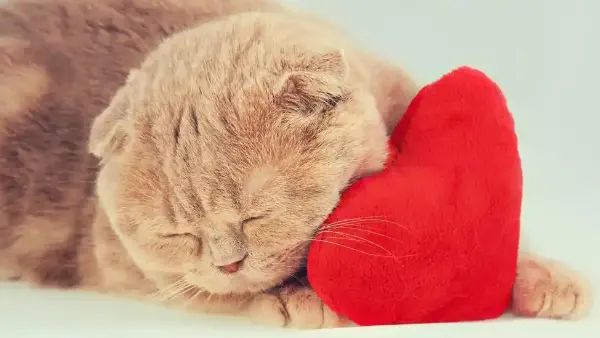
5. Causes of Congestive Heart Failure in Cats
CHF in cats is caused by various factors, including:
Heart Muscle Disease: Hypertrophic cardiomyopathy (HCM) is the most common cause, especially in Maine Coons and Ragdolls, where thickened heart walls reduce pumping efficiency.
Hyperthyroidism: This condition can cause an increased heart workload, leading to CHF in up to 20% of older cats.
Valvular Disease: Mitral or tricuspid valve regurgitation occurs in older cats, leading to overloading the heart's chambers.
Congenital Defects: Conditions like ventricular septal defects can cause CHF in young cats.
Secondary Factors: Anemia, infections, and tumors can also trigger heart failure.
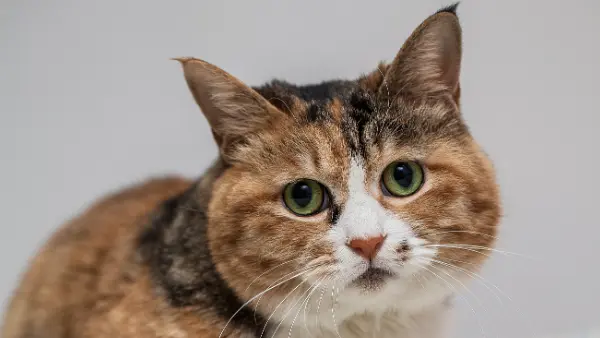
6. Treatment Plans: Medication and Surgery
Managing CHF in cats involves a combination of medications and, in some cases, surgery:
Diuretics: Furosemide (2-4 mg/kg bid) is a cornerstone of treatment, often used with spironolactone to prevent potassium loss. Regular monitoring of potassium levels is necessary.
Vasodilators: Benazepril (0.5 mg/kg sid) helps reduce the workload on the heart, while amlodipine (0.125-0.25 mg/kg sid) can control high blood pressure.
Positive Inotropes: Pimobendan (0.25 mg/kg bid) strengthens heart muscle contraction, but it should be used under strict veterinary supervision.
In more severe cases, surgical interventions such as balloon atrial septostomy or heart resynchronization therapy (CRT) may be recommended.
7. Daily Care: Creating a Heart-Friendly Environment
Managing CHF at home involves making lifestyle changes that reduce stress on the heart:
Temperature & Humidity Control: Maintain indoor temperatures between 18-22°C and humidity between 40-60%. Use a humidifier and clean it daily to avoid bacterial growth.
Sleep Setup: Use an orthopedic memory foam bed that is at least 8 cm thick and slightly tilted at a 15° angle to reduce the heart’s burden.
Activity Limitation: Use barriers to limit movement, and consider using a pet stroller for longer distances.
Everything Our Vets Recommend
8. Nutritional Management
Diet plays an important role in managing CHF. Opt for heart-healthy, low-sodium food (less than 0.2% dry matter) with added L-carnitine (>250 ppm) to support the heart's function.
Feed smaller, more frequent meals (3-4 times a day), using slow-feed bowls to avoid choking, and offer ice cubes instead of large amounts of water to encourage hydration.
9. Monitoring and Early Warning System
Regular monitoring is key for managing CHF. Measure your cat’s respiratory rate at least three times daily and track any changes in gum color using a smartphone app. Weigh your cat weekly and be prepared with an emergency oxygen supply and nitrates for acute episodes.
10. Preventive Strategies: Screening and Risk Control
Early screening can help prevent CHF in cats:
Annual Heart Ultrasound: Start at age 1 to monitor for hypertrophic cardiomyopathy (HCM), a common cause of CHF.
Blood Tests: Regular checks for thyroid hormone levels (T4) and NT-proBNP, a heart failure biomarker, every 6 months.
Managing your cat’s weight and preventing stress are also important preventive measures. Use pheromone diffusers to reduce anxiety and control visitor interactions with a video doorbell.
Frequently Asked Questions
Q1: What are the first signs of congestive heart failure in cats?
A1: Early symptoms include rapid breathing, coughing, lethargy, and decreased appetite, which may worsen over time if untreated.
Q2: How do vets diagnose congestive heart failure in cats?
A2: Diagnosis usually involves physical exams, chest X-rays, echocardiograms, and blood tests to check for heart function and fluid buildup.
Q3: Can congestive heart failure in cats be managed?
A3: Yes, with medications, diet adjustments, and regular monitoring, many cats can live longer, more comfortable lives despite the condition.
In conclusion, recognizing the symptoms of congestive heart failure in cats early and providing appropriate care can dramatically improve their quality of life. Regular veterinary check-ups, medication, and environmental adjustments are all part of a comprehensive plan to help your cat live comfortably and for as long as possible. Remember, when your cat experiences persistent breathing difficulties (more than 50 breaths per minute for 15 minutes) or cyanosis, seek immediate veterinary care.
You May Like:
- Recognizing the Signs of Diabetes in Cats and How to Manage It Effectively
- Effective Cat Asthma Treatment: How to Treat Cat Asthma at Home
- Cat Urinary Blockage and Inflammation: Causes, Symptoms, and Home Care Tips
- Understanding Upper Respiratory Infection in Cats: Symptoms, Treatment and Home Remedies
User Comments
Does flea treatment kill ear mites too?
Can dogs take human probiotics?
Can dogs have people probiotics safely?
Related Articles
View all
Symptoms of Congestive Heart Failure in Cats
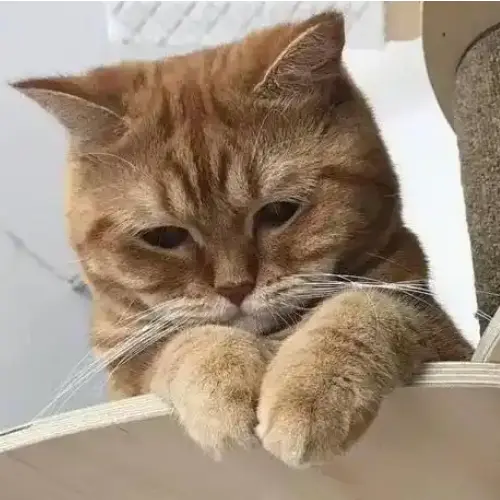



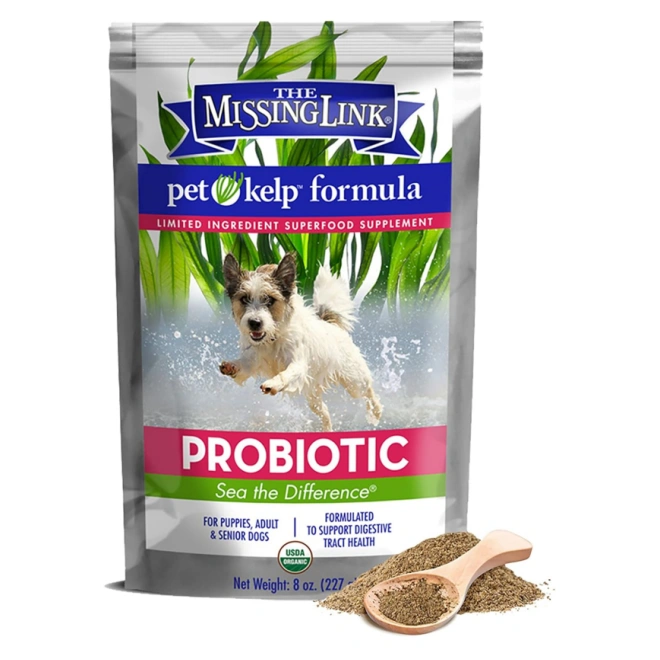
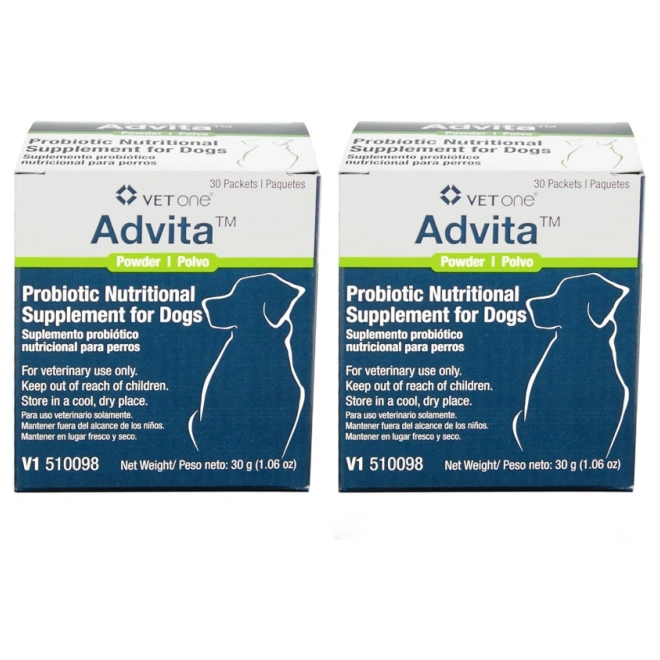








Leave a Reply